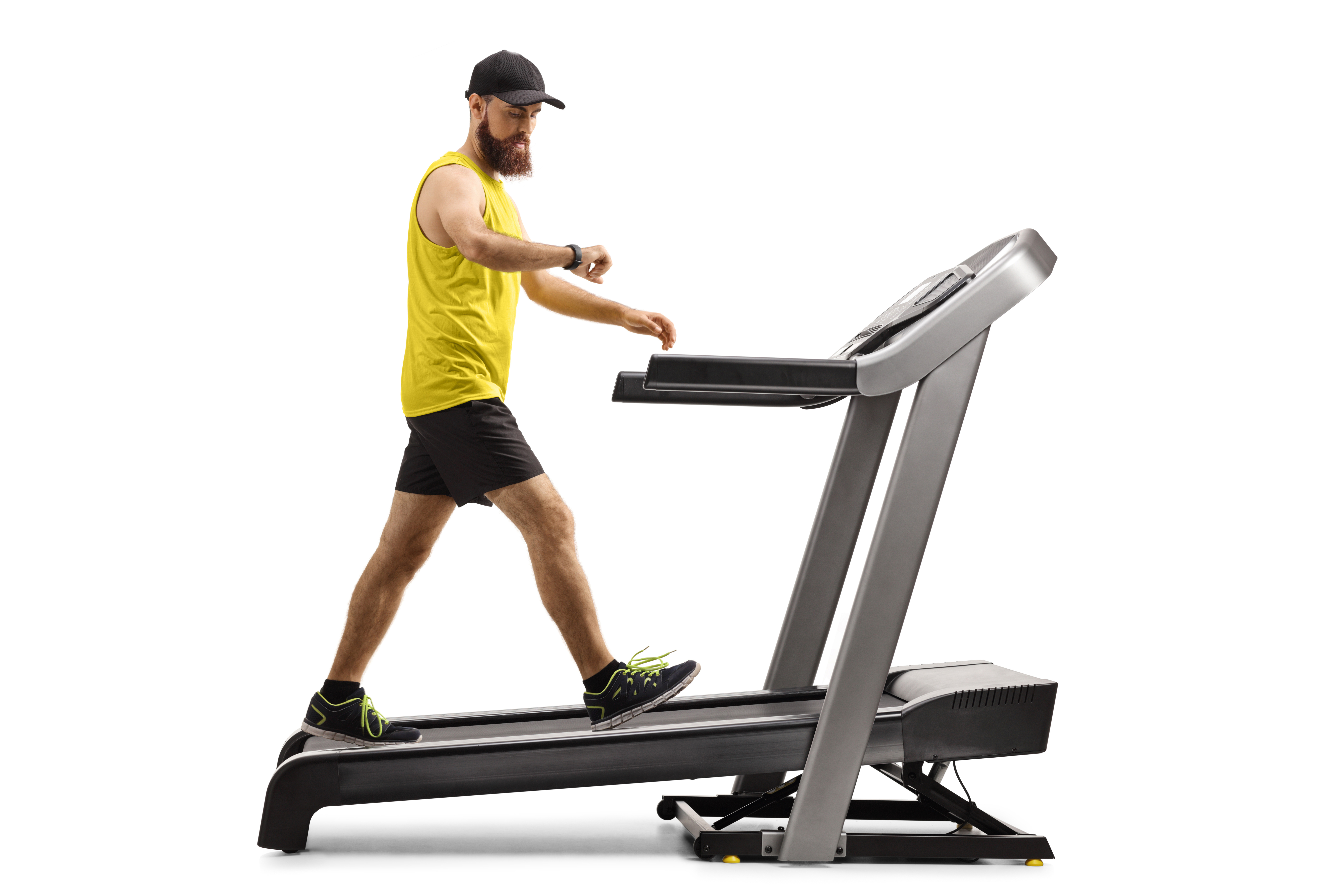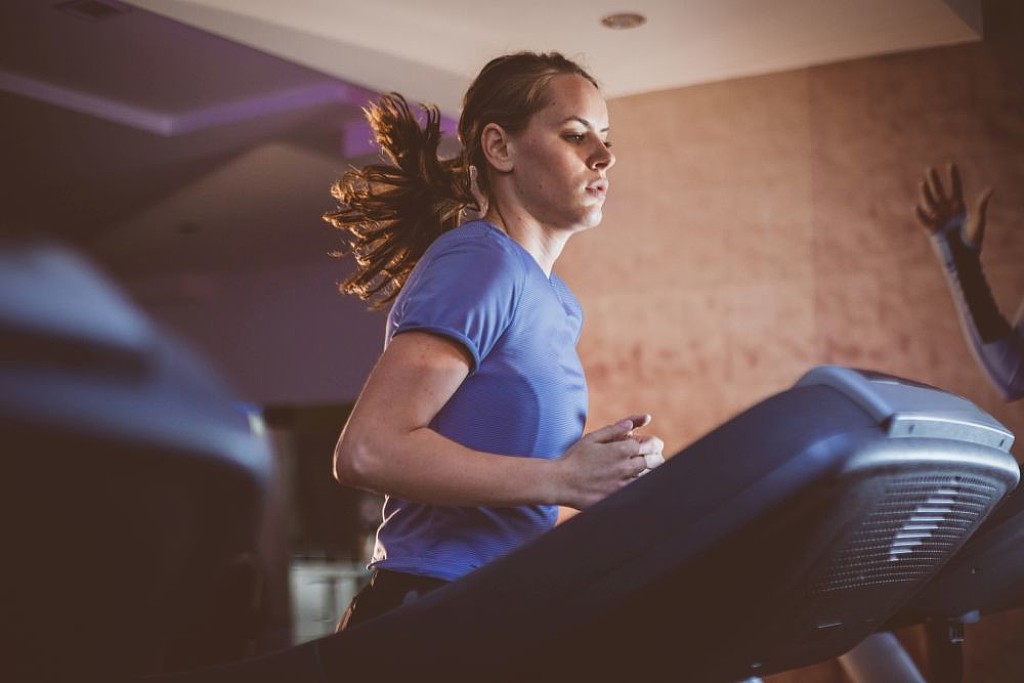Running News Daily
Running News Daily is edited by Bob Anderson. Send your news items to bob@mybestruns.com Advertising opportunities available. Train the Kenyan Way at KATA Kenya and Portugal owned and operated by Bob Anderson. Be sure to catch our movie A Long Run the movie KATA Running Camps and KATA Potato Farms - 31 now open in Kenya! https://kata.ke/
Index to Daily Posts · Sign Up For Updates · Run The World Feed
Does running on a treadmill change your stride?
Treadmill running can alter your gait in small ways, here are the potential differences for runners to be mindful of
The treadmill is a training tool that almost all runners have used in their lives. Whether it’s a time-efficiency measure (you never have to stop at lights on a treadmill) or a controlled conditions choice (the weather is never bad indoors), the treadmill has its place in everyone’s training program. However, one small change in someone’s training can make a big difference over time – especially if it alters how you run.

Research suggests that there could be small differences between how your body works on a treadmill versus how it runs outside. While the differences are slight, having an insight into minor changes is one of the best ways to keep yourself injury free and moving smoothly.
Surface stiffness
The biggest difference between the treadmill and running on the road is surface stiffness. Authors report that most runners get their miles in on concrete, which is notably harder than a treadmill surface.
For most, a softer surface can provide runners’ legs with a bit of a break, however, researchers point out that this isn’t a benefit across the board.
In runners with lower-limb stress fractures (in their feet or shins), returning to running on a treadmill could improve recovery. On the other hand, for someone who’s dealing with an Achilles or a calf issue, the softer surface isn’t ideal. Treadmill running has been connected with higher strain on the soleus (muscle in the calf), which could aggravate both conditions.
The surface you’re running on matters, so if you’re returning from an injury, be open with your medical professional about where you run most often.
Belt speed variation
Belt speed was another factor that contributes to biomechanics. On older treadmills, the speed can become inconsistent, especially when running fast. If runners are looking to do a hard workout and running outside is an option, it seems more reliable in terms of pace and form than running indoors.
If indoors is your only choice, run by feel and worry less about speed – especially if you’re using an older treadmill.
Comfort level
This may sound like a non-issue, but runners who are accustomed to the treadmill are less likely to alter how they run. By contrast, individuals who weren’t avid treadmill users showed a tendency to alter their stride and also had a slight increase in energy cost, meaning a typically comfortable pace would feel a little more difficult. This discomfort can lead to higher turnover and shorter stride lengths. Basically, if you’re not used to the treadmill, it’s normal for it to feel a little difficult and awkward to start.
While runners are encouraged to use the treadmill as a training tool, if you’re not accustomed to it, start slowly, place extra emphasis on recovery and work your way up, as it can alter the way you run.
by Running Magazine
Login to leave a comment




